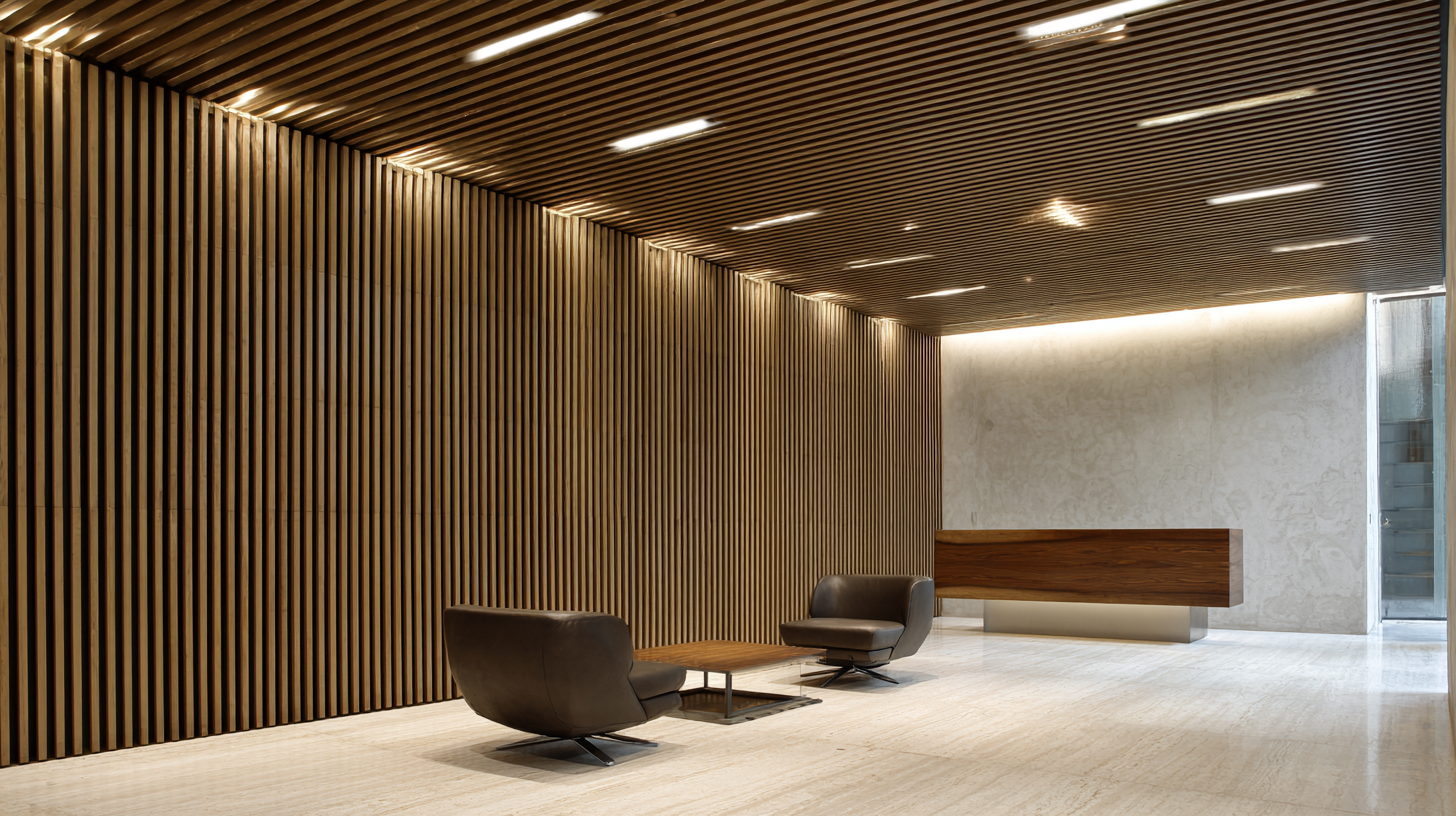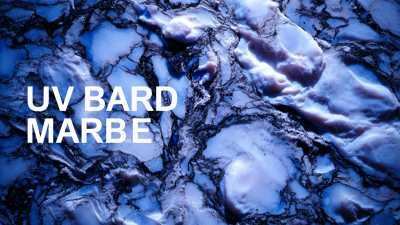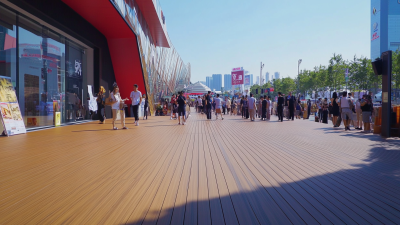Shandong Xiangying New Materials Technology Co., Ltd.
Shandong Xiangying New Materials Technology Co., Ltd.
Fluted Wall Panels have emerged as a popular choice in contemporary interior design, offering not just aesthetic appeal but also functional benefits. According to a recent market report by Mordor Intelligence, the global interior wall panel market is projected to reach USD 12.96 billion by 2026, with a significant segment driven by the rising popularity of fluted designs. These panels are revered for their unique texture and ability to add depth to spaces, making them a favored option among architects and designers. As homeowners increasingly seek ways to personalize their interiors while ensuring durability and versatility, understanding how to choose the right Fluted Wall Panels becomes essential. This guide will delve into the critical factors to consider, helping you transform your living space into a harmonious blend of style and functionality.
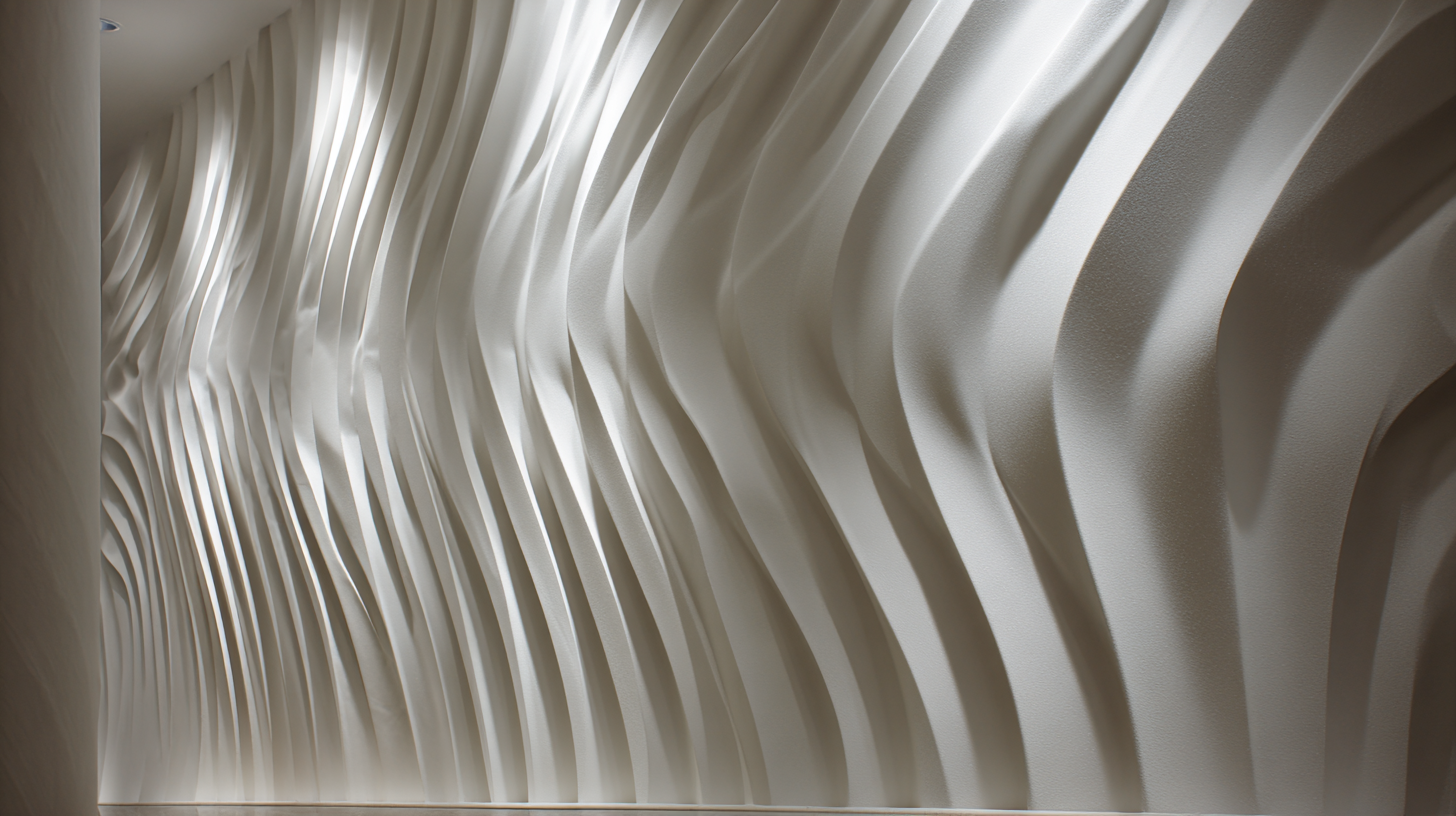
Fluted wall panels are increasingly popular in interior design, thanks to their unique aesthetic and functional benefits. Understanding their basics can help homeowners make informed choices. Fluted panels consist of elongated grooves that add texture and dimensionality, making them ideal for creating depth in any space. They can effortlessly elevate the visual appeal of rooms, offering a stylish alternative to flat surfaces like traditional drywall or paint.
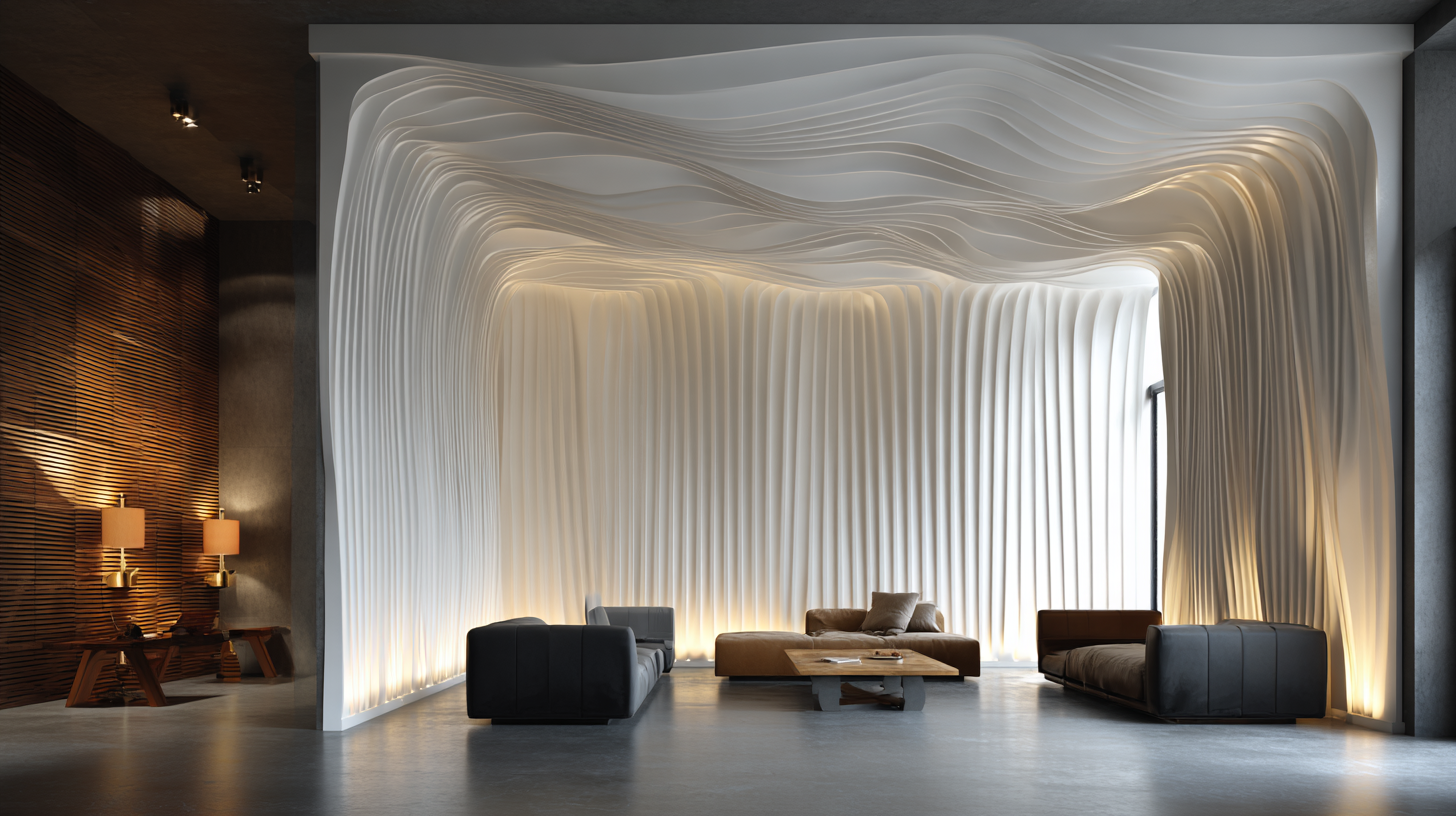
In addition to their striking appearance, fluted wall panels can contribute to improved insulation in your home. Insulation is crucial for regulating temperature and enhancing energy efficiency, ultimately lowering heating and cooling costs. By incorporating fluted panels into interior designs, you not only enhance the aesthetic charm but also gain the practical advantage of better thermal resistance. This dual benefit makes fluted wall panels a smart choice for homeowners looking to blend style with functionality.
When selecting fluted wall panels for your interior design, several key factors should guide your decision-making process. First, consider the material of the panels. Options range from wood to MDF to PVC, each offering unique aesthetic and functional characteristics. Wood provides warmth and natural beauty, while MDF can mimic the appearance of wood at a lower cost, and PVC panels are ideal for moist environments due to their water resistance. Choosing the right material will significantly influence both the look and durability of your wall panels.
Another important factor is the panel dimensions and profile. Fluted wall panels come in various sizes and designs, which can transform the visual identity of a room. Think about the scale of the space you're working with; wider flutes can create a bold statement in large areas, while narrower flutes might suit smaller rooms better. Additionally, the direction of the fluting—whether vertical or horizontal—can affect the perception of height and space in a room, making this choice crucial. Finally, don’t overlook the color and finish, as these can tie the panels into your overall color palette and design theme, ensuring a cohesive and inviting atmosphere.
Fluted wall panels are an excellent way to elevate your interior design, providing texture and depth to any space. When selecting materials, you'll find a variety that influences not only aesthetics but also functionality. Wood, for example, offers warmth and a classic charm. It can be stained or painted to match your decor, making it versatile for different styles, from rustic to modern. Alternatively, MDF is a cost-effective option that mimics the look of real wood while allowing for intricate designs and finishes.
Another popular material is plaster, known for its sophisticated appearance and solidity. It lends a luxurious feel, making it suitable for high-end interiors. For a contemporary vibe, consider using metal panels. They add a sleek, industrial edge, reflecting light beautifully and creating an eye-catching feature wall.
**Tips:** When choosing your fluted wall panels, consider the existing color scheme and texture of your space. Complementary hues can enhance the overall atmosphere. Additionally, be mindful of the scale of fluting; wider grooves tend to create a more dramatic effect, while narrower flutes may offer subtle elegance. Finally, don’t forget about maintenance; certain materials may require more care than others, so choose what fits your lifestyle best.
When it comes to matching fluted wall panels with your interior style, understanding the interplay between textures, colors, and architectural elements is crucial. According to a recent report by the American Institute of Architects, 35% of interior designers are increasingly favoring textured wall treatments to create depth in their projects. Fluted wall panels add a dynamic visual element, making them an excellent choice for both modern and traditional spaces.
For contemporary interiors characterized by minimalism, opt for sleek, neutral-colored fluted panels, which can enhance the aesthetic without overwhelming other design features. In contrast, traditional or transitional styles may benefit from deeper tones or even painted finishes that highlight the fluting's intricate shadow play. The National Design Trends Survey indicates that 40% of homeowners are leaning towards bold, patterned wall treatments, which often include fluted designs. By carefully considering your overall color palette and existing furnishings, you can create a cohesive look that harmonizes with your chosen interior style while maximizing the luxurious feel fluted panels can provide.
| Interior Style | Fluted Wall Panel Material | Color Options | Texture Finish | Recommended Use |
|---|---|---|---|---|
| Modern | MDF | White, Black, Gray | Matte, Smooth | Living Room, Office |
| Industrial | Plywood | Natural Wood, Dark Stains | Rough, Textured | Loft, Restaurant |
| Classic | Wood | Cream, Beige, Warm Tones | Polished, Glossy | Dining Room, Hallway |
| Contemporary | PVC | Bright Colors, Metallic Finishes | Satin, Semi-Gloss | Retail, Modern Spaces |
| Minimalist | Gypsum Board | White, Soft Pastels | Smooth, Matte | Small Apartments, Minimal Decor |
When installing fluted wall panels, achieving a seamless and professional look is essential. The first tip is to carefully measure and plan your layout before beginning the installation. Use a level to mark straight lines where the panels will be placed, ensuring that they are aligned symmetrically. This initial preparation can save you considerable time and effort later on, preventing misalignment that would detract from the overall aesthetic.
Next, consider the adhesive or fastening methods suitable for your specific wall panels. Depending on the material, you may opt for construction adhesive, mechanical fasteners, or a combination of both. Whichever method you choose, ensure that the surface is clean and dry for optimal adhesion. Additionally, when applying the panels, work from one corner and progress systematically to avoid gaps or overlaps. This step-by-step approach, combined with appropriate tools, will help you achieve a flawless finish that enhances the beauty of your interior space.
